 Music
Music  Music
Music  History
History 10 Less Than Jolly Events That Occurred on December 25
 Weird Stuff
Weird Stuff 10 Funny Ways That Researchers Overthink Christmas
 Politics
Politics 10 Political Scandals That Sent Crowds Into the Streets
 Weird Stuff
Weird Stuff Ten Bizarre Facts About The Doge Meme
 Our World
Our World 10 Ways Your Christmas Tree Is More Lit Than You Think
 Movies and TV
Movies and TV The 10 Coolest Stars to Set Sail on The Love Boat
 History
History 10 Things You Didn’t Know About the American National Anthem
 Technology
Technology Top 10 Everyday Tech Buzzwords That Hide a Darker Past
 Humans
Humans 10 Everyday Human Behaviors That Are Actually Survival Instincts
 Music
Music 10 Surprising Origin Stories of Your Favorite Holiday Songs
 History
History 10 Less Than Jolly Events That Occurred on December 25
 Weird Stuff
Weird Stuff 10 Funny Ways That Researchers Overthink Christmas
Who's Behind Listverse?

Jamie Frater
Head Editor
Jamie founded Listverse due to an insatiable desire to share fascinating, obscure, and bizarre facts. He has been a guest speaker on numerous national radio and television stations and is a five time published author.
More About Us Politics
Politics 10 Political Scandals That Sent Crowds Into the Streets
 Weird Stuff
Weird Stuff Ten Bizarre Facts About The Doge Meme
 Our World
Our World 10 Ways Your Christmas Tree Is More Lit Than You Think
 Movies and TV
Movies and TV The 10 Coolest Stars to Set Sail on The Love Boat
 History
History 10 Things You Didn’t Know About the American National Anthem
 Technology
Technology Top 10 Everyday Tech Buzzwords That Hide a Darker Past
 Humans
Humans 10 Everyday Human Behaviors That Are Actually Survival Instincts
10 Surprisingly Progressive Moments In Ancient History
Women’s lib, civil rights, gay rights, environmentalism—it’s tempting to think that every single one of the world’s progressive advances happened in the last 100 years or so. Prior to that, our ancestors were just a screaming mass of bigotry. Or were they? Dig a little deeper into history, and you’ll find cultures so progressive they make the Swinging Sixties look conservative.
10Greece And Rome Were Full Of Vegetarians
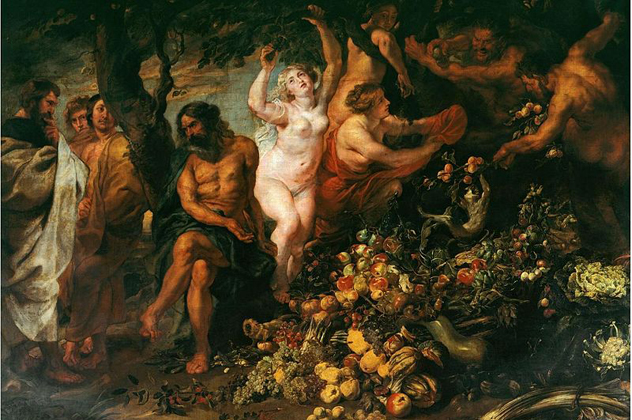
Although it feels like a modern fad, vegetarianism has been around since at least 1847, when the Vegetarian Association opened its doors in London. But even they weren’t the first. Their inspiration came from someone way older and way wiser: Pythagoras.
Aside from being an influential mathematician, Pythagoras had some very specific theories about religion. In his opinion, all living things had souls, so chowing down on a nice slice of steak was no better than outright murder. To spread his teachings, he created the “Pythagorean diet,” which, like a modern vegetarian diet, banned meat and fish. Unlike a modern vegetarian diet, it also banned fava beans, inside which Pythagoras was convinced human souls resided.
Although the prohibition on beans didn’t survive Pythagoras’s death, his ethical stance on meat-eating certainly did. Dozens of the most influential thinkers of the ancient world followed in his vegetarian footsteps. Theophrastus said eating meat was immoral. Ovid and Plutarch both wrote essays and poems promoting a Pythagorean diet. In his philosophical masterwork, The Republic, Plato even claimed that the perfect city would be naturally meat-free.
It wasn’t just the ancient West that practiced vegetarianism. In ancient India, three whole religions completely banned their followers from eating meat.
9The Vikings Supported Women’s Rights

When we think of Vikings, most of us instantly picture a bunch of ragtag, battle-hardened men, kind of like The Expendables but with better facial hair. That’s where we’re wrong. Far from being a bunch of macho chauvinists, the Vikings were really into female equality.
Ancient Viking sagas are full of tales of vicious warrior women going off on long sea voyages, slaughtering their enemies, and even literally riding into hell. Nor is this simple poetic license (well, maybe the last bit). Excavations of Viking graves have uncovered a small number of women buried with knives and spears—probable signs of a warrior past. Others were buried with masses of riches befitting a clan leader or warrior chief. Far from staying at home while the men went adventuring, plenty of Viking women were right there in the heat of battle.
Viking law was also unusually progressive regarding women. Women could do business as equals with men and frequently ran their husbands’ businesses while they were away. Women could also keep any property they owned after marrying. By way of comparison, this wasn’t legal in British law until 1870.
8Ancient Egypt Had State-Subsidized Healthcare
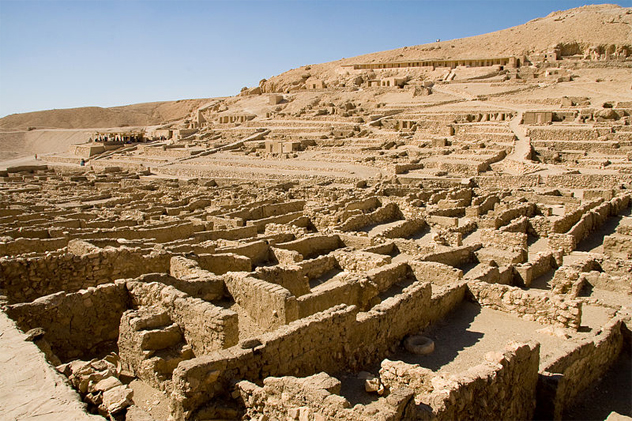
Government-subsidized healthcare is so new that, in places like the US at least, people are only just getting used to the idea. At least, that’s the conventional view. But there was one place socializing healthcare before it was cool: ancient Egypt.
The highly skilled tomb- and pyramid-builders at modern Deir el-Medina were possibly the world’s first recipients of a government healthcare plan. In return for working long hours under highly stressful conditions, they were granted paid sick days and free appointments with doctors for a check-up. Incredibly, there were even provisions for personal days far beyond what we’d consider acceptable now. Ancient records found at the site suggest that workers got time off to care for their wives and daughters when they were having their periods.
Not everyone benefited from this subsidized healthcare, however. Excavations at the site in 2014 found plenty of evidence of acutely stressed workers toiling in terrible conditions, even while suffering debilitating illnesses. It’s been speculated that access to free healthcare wound up making these workers feel indebted to the state, ensuring that they continued to work even when seriously ill.
7The Middle East Was A Hotbed Of Homoeroticism
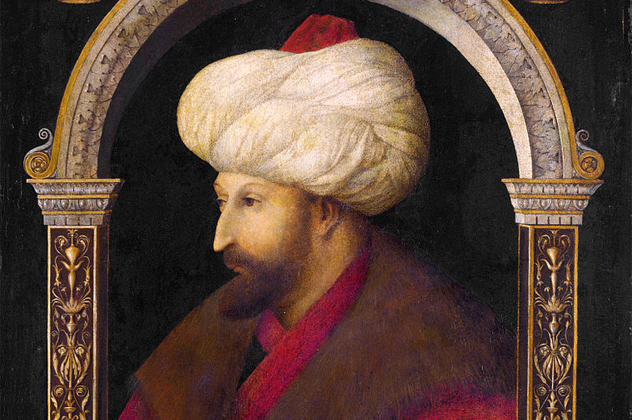
In our modern world, tolerance for homosexuality and the Middle East don’t exactly go hand-in-hand. Step back through time a few centuries, though, and you’d get a very different picture.
In ancient Babylon, astrological texts placed love between two men on the same level as love between men and women. (Lesbianism, however, wasn’t mentioned.) Other texts, meanwhile, make it clear that there was no stigma attached to being the masculine partner in a male-on-male relationship, while taking the passive or feminine role was viewed ambivalently. Male prostitutes were also connected to certain religious rites, sexually servicing other men and priests in the temples when required.
More recently, the Ottoman Empire was notoriously open about admitting homoerotic lust toward boys. Contemporary etiquette books include lengthy passages on how to handle falling in love with another man and how to treat boys with beautiful faces. Poets would write songs to men they loved, and Sultan Mehmed II is even said to have kept a personal harem of 200 young boys to pleasure him. Far from being considered ungodly, homosexual lust was a central part of Middle Eastern life.
6Ancient India Ruled At Religious Tolerance
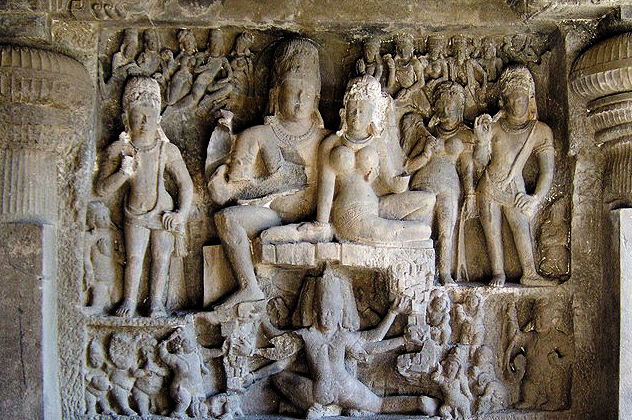
Flicking back through the pages of history, it can feel depressingly like we humans are capable of nothing but fighting and killing each other—especially where religion is involved. Yet not every ancient state was waging jihad or fighting a crusade. Some, like ancient India, were mastering tolerance.
Under tyrant-turned-pacifist Emperor Ahsoka in the third century B.C., religions were encouraged to mix peacefully and develop a shared cultural heritage. The result was sites like the Ellora Caves. Containing sanctuaries dedicated to Buddhism, Jainism, and Hinduism side by side, the Caves were like the spiritual multiplex of their day, offering up three simultaneous visions of salvation.
Sixteenth-century Emperor Akbar went even further. Worried about possible sectarian tensions, he gathered together Muslims, Hindus, Christians, Parsees, Jews, and atheists and tried to get them to create a whole new spiritual system encompassing all their varied beliefs. Although Din-I Ilahli unsurprisingly failed to catch on, it contributed to a flourishing cultural exchange that encouraged interaction between different communities. At the same time, civic laws forbade any form of religious discrimination, resulting in a society easily as varied and open as modern-day London.
5Prehistoric Humans Recycled Like Crazy

After centuries of wantonly filling up our oceans with plastic and discarded candy wrappers, most of us are finally starting to wake up to the possibilities of recycling. Judging by the furor surrounding it, you’d think we were the first humans in history to do so. You’d be wrong.
Our earliest ancestors simply couldn’t get enough of recycling. In a paper published in the Journal of Archaeological Science, researchers demonstrated that ice age domestic tools were frequently made out of old or broken tools that were no longer needed. In addition, they also found evidence that our ancient forebears deliberately conserved and reused objects from their daily lives.
Other researchers looking into the topic found some incredible examples of this prehistoric approach to recycling. In one 420,000-year-old site near Tel Aviv, flint chips were discovered to have been reused as tiny blades to cut up meat. In another, they found evidence of Neanderthals 600,000 years ago reusing bones from an animal they’d killed as tools. These bone tools were then reused again by a later tribe which found them.
The main difference between this recycling and our modern version was that our ancestors did it more to make life easier than to save the planet. Rather than care deeply for Mother Nature, they simply couldn’t bear to throw anything potentially useful away.
4Ancient India Also Ruled At Animal Rights

Although we mainly associate them with earnest Internet campaigns, animal rights activists have been around way longer than their modern tech. In ancient India, one of them even managed to become emperor.
Aside from promoting religious harmony, Emperor Ahsoka’s main goal in life seemed to be promoting animal welfare. Having begun life as a bloodthirsty tyrant, he’d subsequently converted to Buddhism. Through a succession of carved edicts, he ordered his people to set up medical stations for both humans and animals and forbade peasants from burning chaff in case innocent insects hiding in it died.
If that sounds excessive, the Jain religion, beginning in the seventh century B.C., took things even further. Under the principle of ahimsa, leaders declared that followers should never hurt another living thing. And boy did they really mean it. Jains were forbidden from knowingly causing injury to animals, insects, plants, and even microbes. (Some allowances were made for the purpose of eating, but only at certain times in order to limit the damage.)
Unbelievably, other religions soon followed suit (though to a lesser extent). As a result, ancient India became more concerned with the welfare of animals than even the staunchest PETA adherent.
3Ancient Mesopotamia Loved Sustainability

A fully sustainable society is the modern environmentalist’s dream, a global utopia we’ll hopefully reach in the near future. Except we already reached it in the distant past. Ancient Mesopotamia was, for a time, the very model of sustainability.
Because a local disaster could wipe out entire societies, Mesopotamians were among the very first to fully understand the vital need for sustainable water supplies. To ensure they didn’t all die out from drought or infected water, many cities created an impressive network of irrigation systems that supplied them with water without screwing up the local environment. Some of the local farmers even created a mobile model of water seeking, linked to knowledge of where it was seasonally available. This allowed them to take advantage of only natural water even in times of drought.
It wasn’t just where water was concerned that Mesopotamians looked out for the future. Their agricultural systems were designed to eliminate problems of overgrazing, and their complex society managed to avoid many of the problems associated with cities.
At least, they did at first. As awesome as ancient Mesopotamia was, it couldn’t last forever. As the cities grew, attention was diverted away from sustainability into producing a surplus—resulting in the collapse of fragile ecosystems and the destruction of many of these ancient cities.
2Ancient Rome Had Its Own Trade Unions
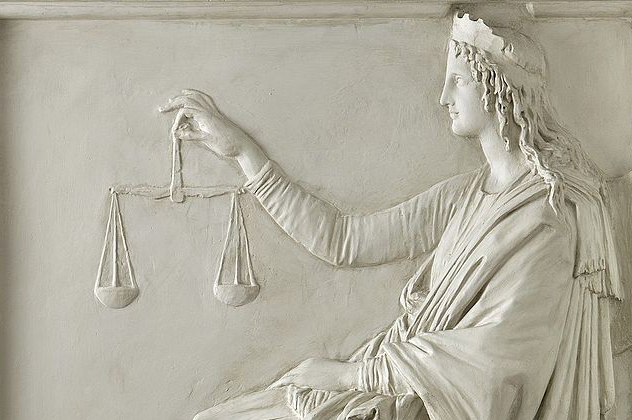
Although they’ve largely fallen out of favor these days, for most of the last 100 years, supporting trade unions was an integral part of progressive thought. This wouldn’t have seemed surprising to the Romans. Before Caesar smashed them in 58 B.C., the Republic was a hotbed of ancient trade union activity.
Known collectively as collegia, these proto-unions were based around specific trades and featured members drawn from both the working classes, such as trades and craftsmen, and former slaves. Aside from providing for members by paying for funeral costs and weekly meals, the collegia took on the sort of industrial, political, and social roles we’d today associate with trade unions. Rising through their ranks was considered a way out of poverty for citizens of humble origin, and becoming head of a collegium was as much a political role as a social one. In the first century B.C., the Roman senate even tried to ban them for subversive activities, linking them to a series of protests and disturbances.
Their heyday didn’t last long. Although they were briefly important political players, the collegia had been severely limited in power by the fourth century A.D. After the fall of the Western Roman Empire, they vanished altogether.
1The Ancient Welfare States

The concept of the welfare state is so closely linked to the 20th century that it sometimes even seems doubtful it’ll survive the 21st. Far from being a product of the modern world, the welfare state has roots stretching all the way back to ancient times.
According to Aristotle, the Athenian state included welfare provisions in its constitution. Anyone who possessed less than three minae (600 minae being equivalent to 57 pounds of silver) and was incapable of working was given a grant from the public purse to allow them to buy food. Ancient Israel, similarly, had programs in place to make sure the poor were supported by tithing.
But perhaps no other ancient “welfare state” compares to the Mauryan Empire of ancient India. Like a modern centralized government, the state was involved with everything. Certain building projects could qualify for tax breaks or free materials. Orphans, the elderly, the sick, and young mothers got state support, and work was found for the unemployed. Most impressively of all, a system was in place to raise taxes on the rich in time of famine so the proceeds could go toward feeding the poor. By way of contrast, the British ruling classes wouldn’t give a penny during the Irish Famine of the 1840s. Maybe they could have learned something from ancient India.








